
At the Hawk Conservancy Trust, we’re working hard to achieve our mission to conserve birds if prey and their habitats, both in the UK and overseas. We are often asked by our visitors and supports if there is anything they can do to help birds of prey. Our Conservation and Research Team has put together a top tips list on how you can support birds of prey here in the UK.
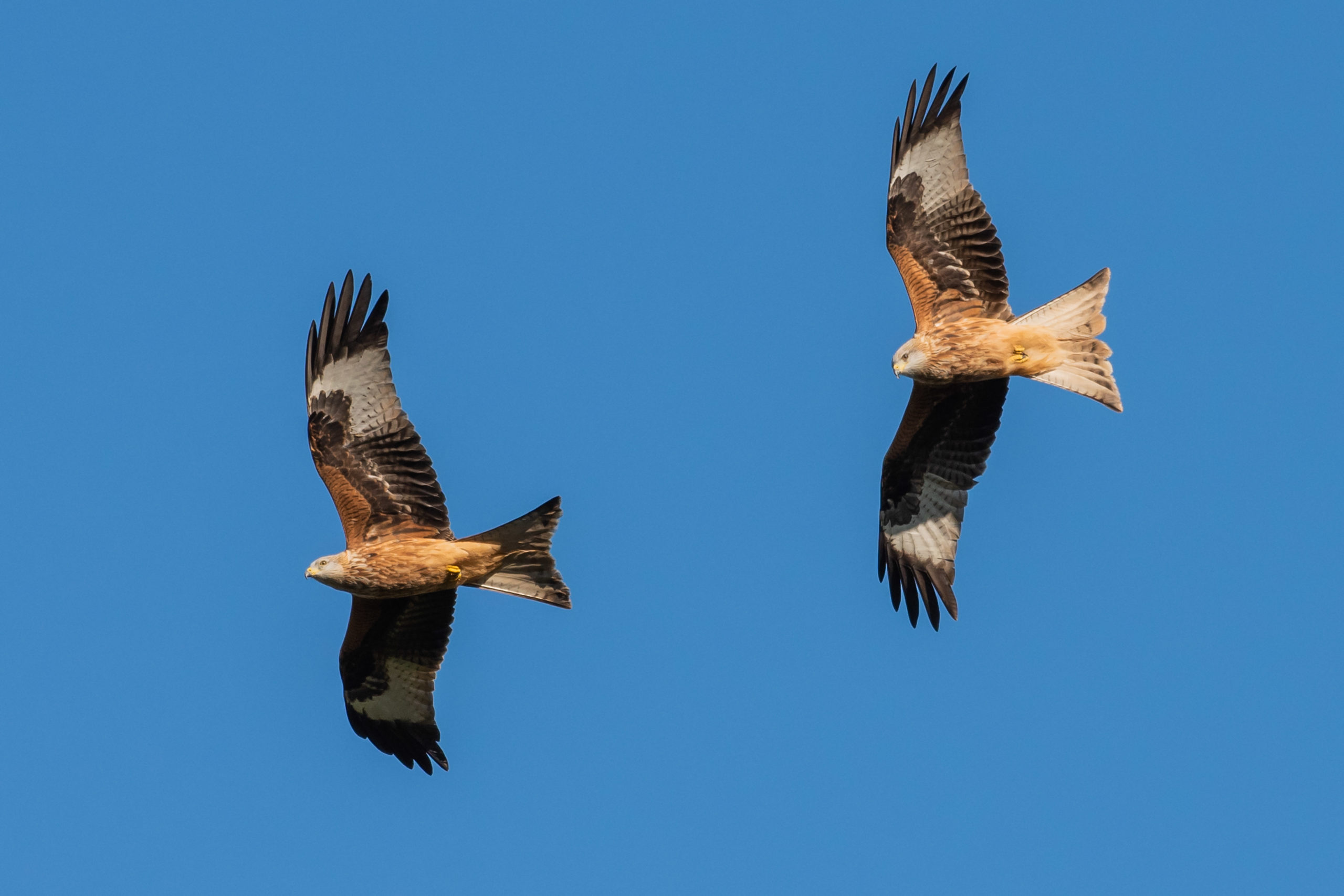
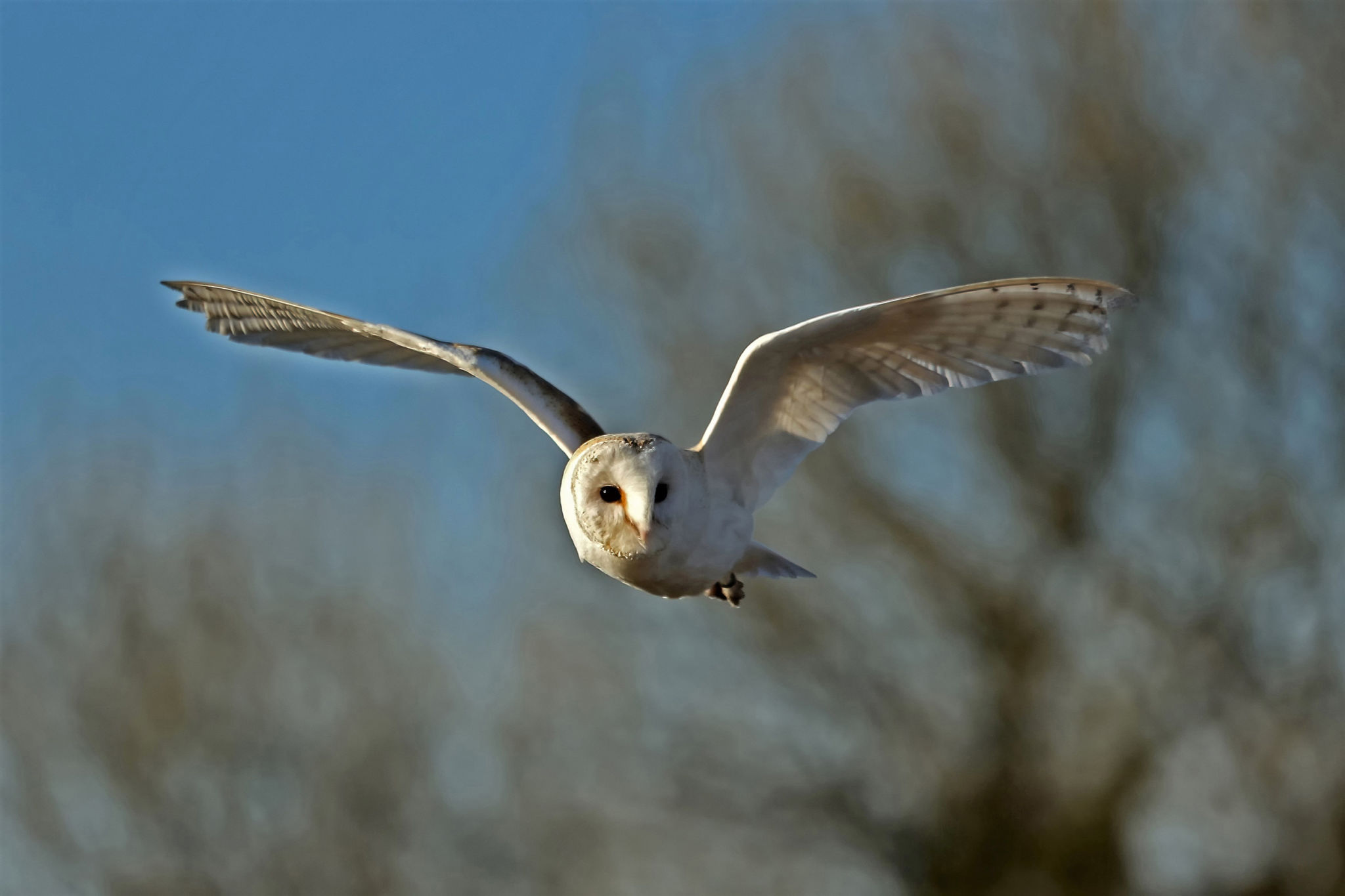
Where possible, don’t use rat poisoning (rodenticides), use traps instead if rodents become a nuisance
Many birds of prey in the UK feed on rodents, including rats, voles, shrews and mice. Traces of rodenticides have been found in the vast majority of UK birds of prey – even in those which do not eat rodents specifically. Ongoing poisoning of birds of prey, and all wildlife in fact, affect their chances of survival and can lead to a decline in their numbers. If there is no other option and you must use poisons, it is really important to follow the legal instructions printed on the label.
Don’t chop down mature trees and leave dead wood where possible
Mature trees host huge diversity, all important for providing a food source for birds of prey. This includes invertebrates such as insects and spiders, as well as small and large birds, and small mammals such as voles, mice and shrews. Mature trees also provide homes for birds of prey, with an abundance of resources and opportunities for shelter and nesting/breeding. Even standing dead trees are incredibly valuable in hosting vast numbers of invertebrates and providing potential nest sites for cavity-nesting birds of prey, such as owls and kestrels.
Keep ivy on your trees
Ivy is only really a problem for trees when it is growing throughout the crown. In these circumstances, it can prevent the tree’s leaves from obtaining sufficient light. In most cases, especially when just growing up the trunk, ivy does not have any impact on the tree; it is not a parasite and doesn’t take anything from the tree. There are many wildlife benefits from leaving ivy that is growing on trees – it can provide fantastic opportunities for nesting for many birds, its nectar is incredibly attractive to bees and other pollinators, and it produces berries which are a staple in the diet of many birds in winter. This helps encourage a healthy food chain for birds of prey.
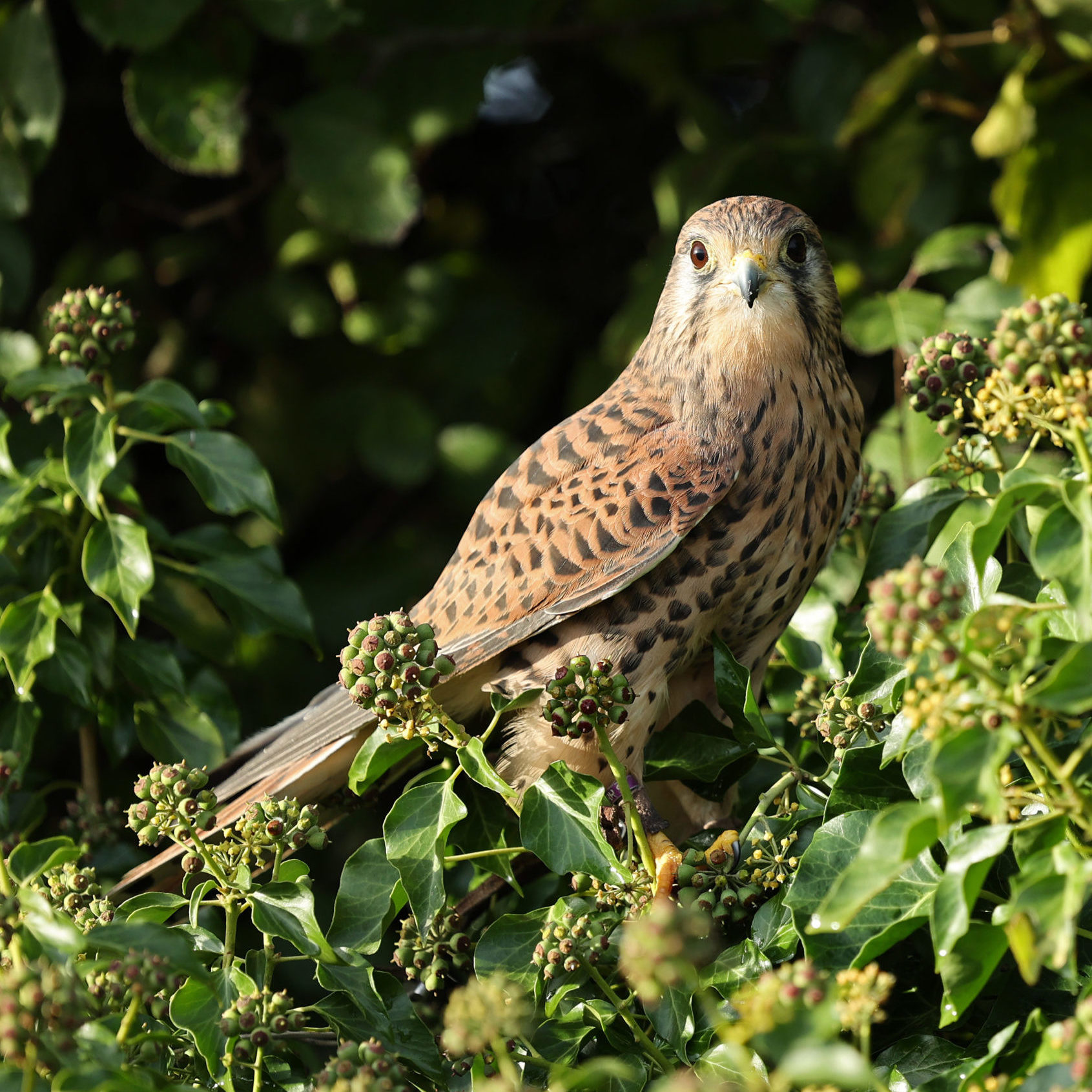
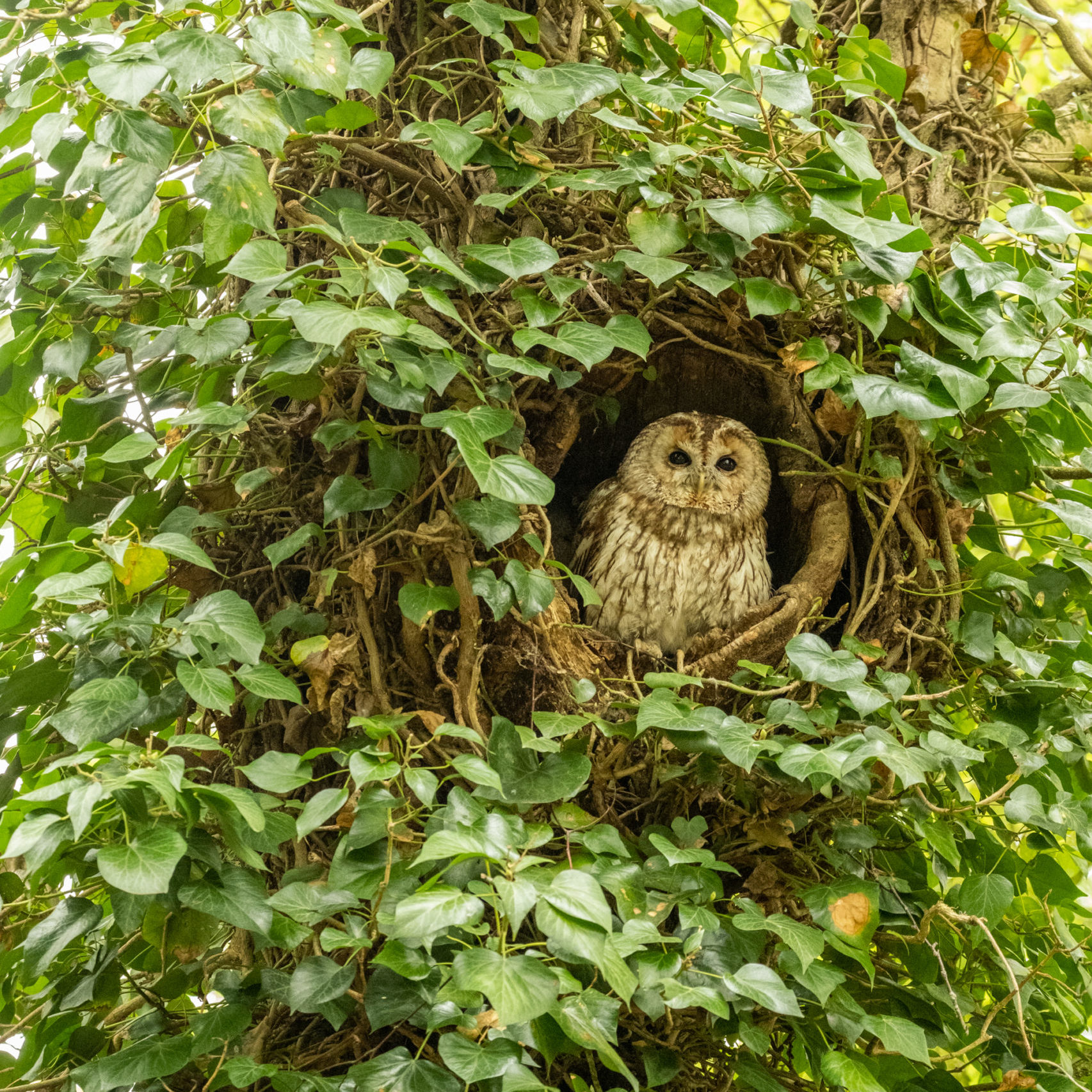
Keep ivy on your walls
Ivy does not damage the brickwork of buildings and may actually help to protect it from the elements. All of the wildlife benefits mentioned above for ivy on trees apply here too and provides an easy way of greening-up the built environment.
Put up small bird boxes to encourage healthy food chains
The addition of nest boxes on your patch can provide much-needed nest sites for birds in places where there is a shortage. A healthy population of small birds is good in many ways – both purely ecological (a balanced environment and wildlife populations) and in assisting with natural control of populations of species which may impact food production or human health. The loss of opportunity for birds to nest is a threat to both small birds and birds of prey. At the Hawk Conservancy Trust, we have installed and managed over 1,500 nest boxes on our Raptor Nest Box Project for four UK bird of prey species – Tawny Owl, Little Owl, Barn Owl and Eurasian Kestrel.
Let gardens grow bushy – provide homes for invertebrates and use local/native plant species to help keep a healthy food chain
Overly-tidy and rigorously-tended gardens tend to hold reduced wildlife populations compared with those which have even small areas that are allowed to become wild. Allowing some wilder patches within a garden can provide lots of opportunities for invertebrates, birds and mammals, and help encourage a healthy food chain for birds of prey and other wildlife. Consider using local or native plant and flower species to reduce the impacts of transportation (reduced carbon footprint and energy consumption), importation (limiting the potential for importing associated disease and harmful non-native animals/invertebrates} and boost populations of local species.
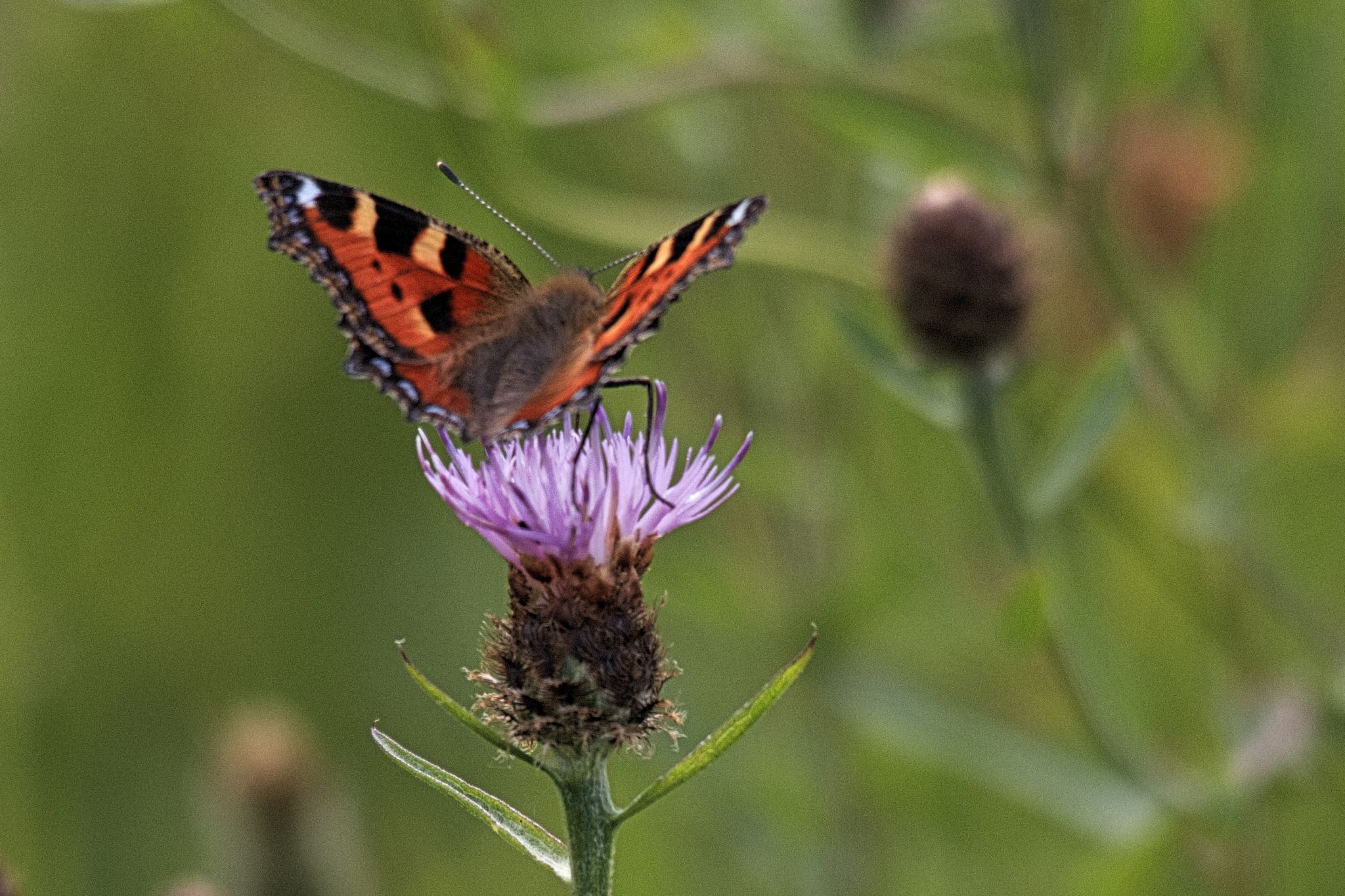
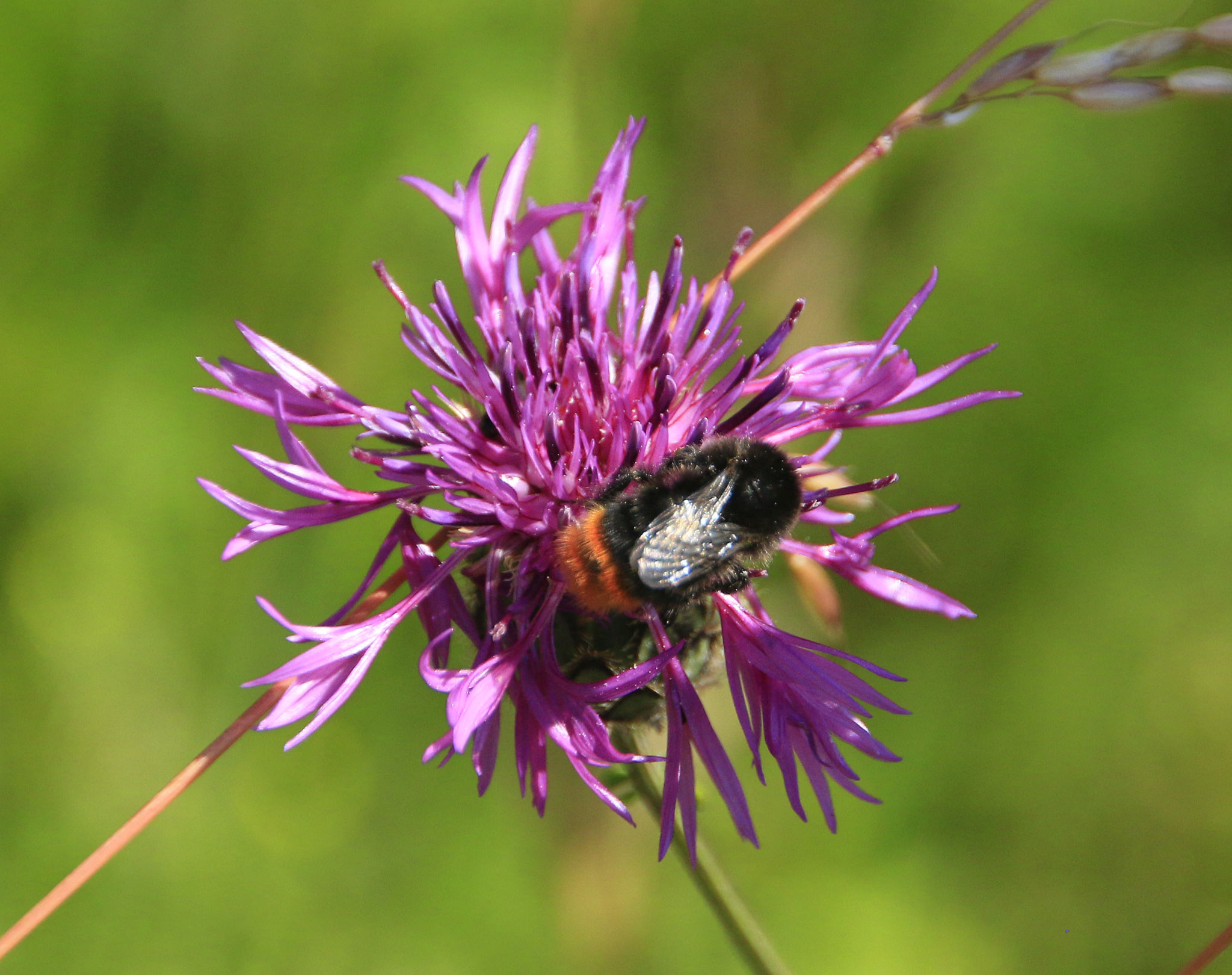
Birds of prey are important – as apex predators, they’re a good indicator of the health of the ecosystem
Celebrate the presence of birds of prey! The number of birds of prey heavily depends on there being healthy numbers of species that they feed on, and the number of birds of prey will be regulated by the numbers of those prey species. If you are seeing a lot of Red Kites or Sparrowhawks or Barn Owls, it means there is a good availability of carrion (dead animals), small birds and field voles, respectively in that area. Many birds of prey that hunt animals or birds (as opposed to feeding from carrion) target the weaker individuals of their prey. This plays an important role in keeping the general population of the prey species healthier.
Don’t feed Red Kites
Red Kites are very skilled at finding their own food here in the UK and do not need to be fed. Feeding of Red Kites can result in birds developing unwanted behaviours (such as approaching too closely to humans) which can be detrimental to the birds and put them at risk.
Enjoy seeing Red Kites – they’re a good conservation success story
Red Kites are a fantastic success story and help provide hope for what can be achieved in conservation. They are harmless to people and pets, and their presence is not impacting on the numbers of Buzzards or Kestrels. Red Kites were abundant across the UK in the past, and were sadly pushed to extinction in England and Scotland until the late 20th Century. We are proud to have played a part in breeding and reintroducing these beautiful birds back into our countryside between 2003-2005 as part of the Red Kite Reintroduction Programme. We should all enjoy seeing their fantastic flight and beautiful plumage.
Look up and be aware of all birds in urban and rural areas to spot birds of prey
There are so many fantastic species of bird to see and enjoy watching in the UK. Being aware of the wildlife around you can generate an enormous sense of wellbeing. The more people who are interested in wildlife, the greater the chances we have of protecting and nurturing it. It is not only in rural areas that you can spot birds of prey, many Peregrine Falcons have taken to nesting in urban areas, including church towers.
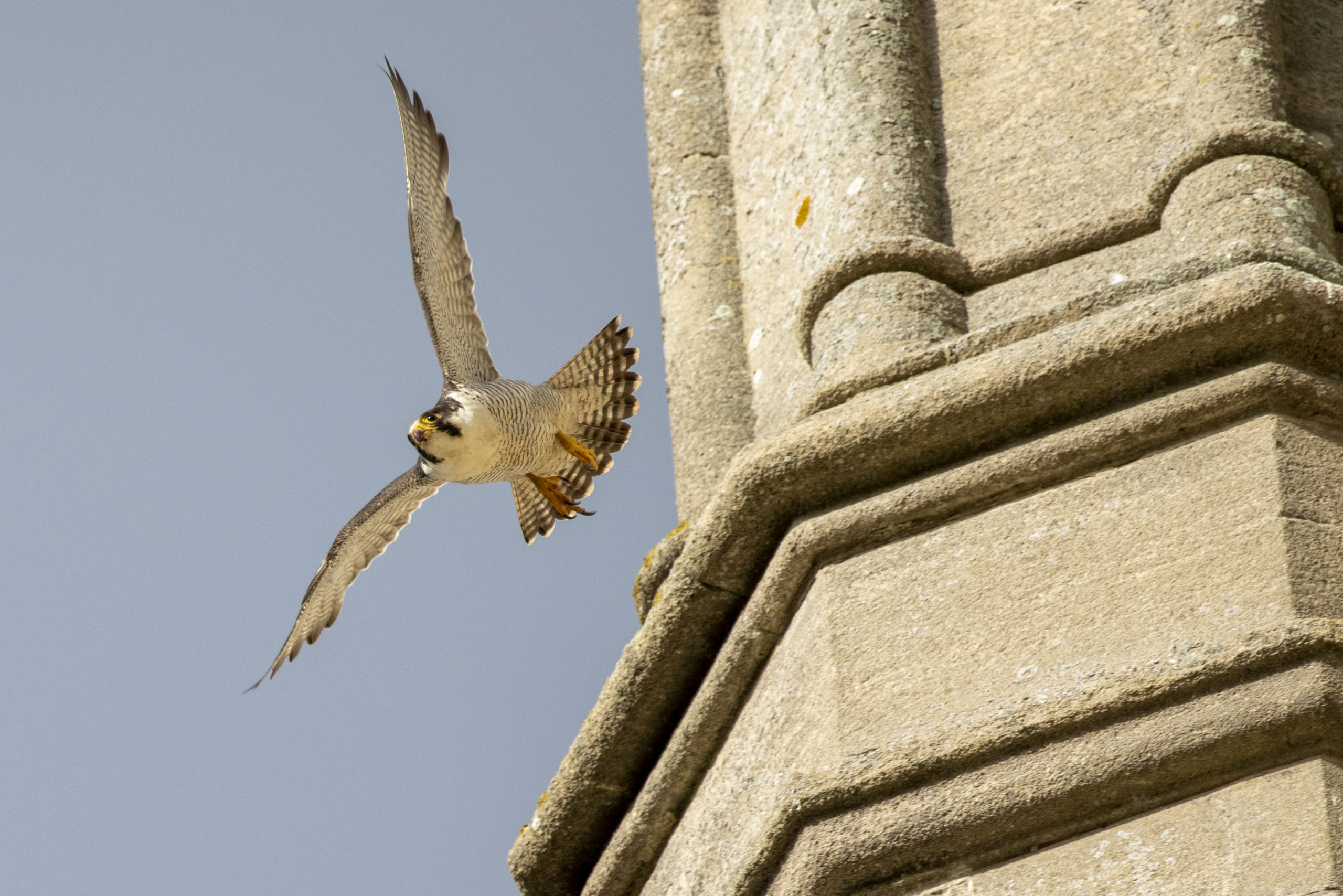
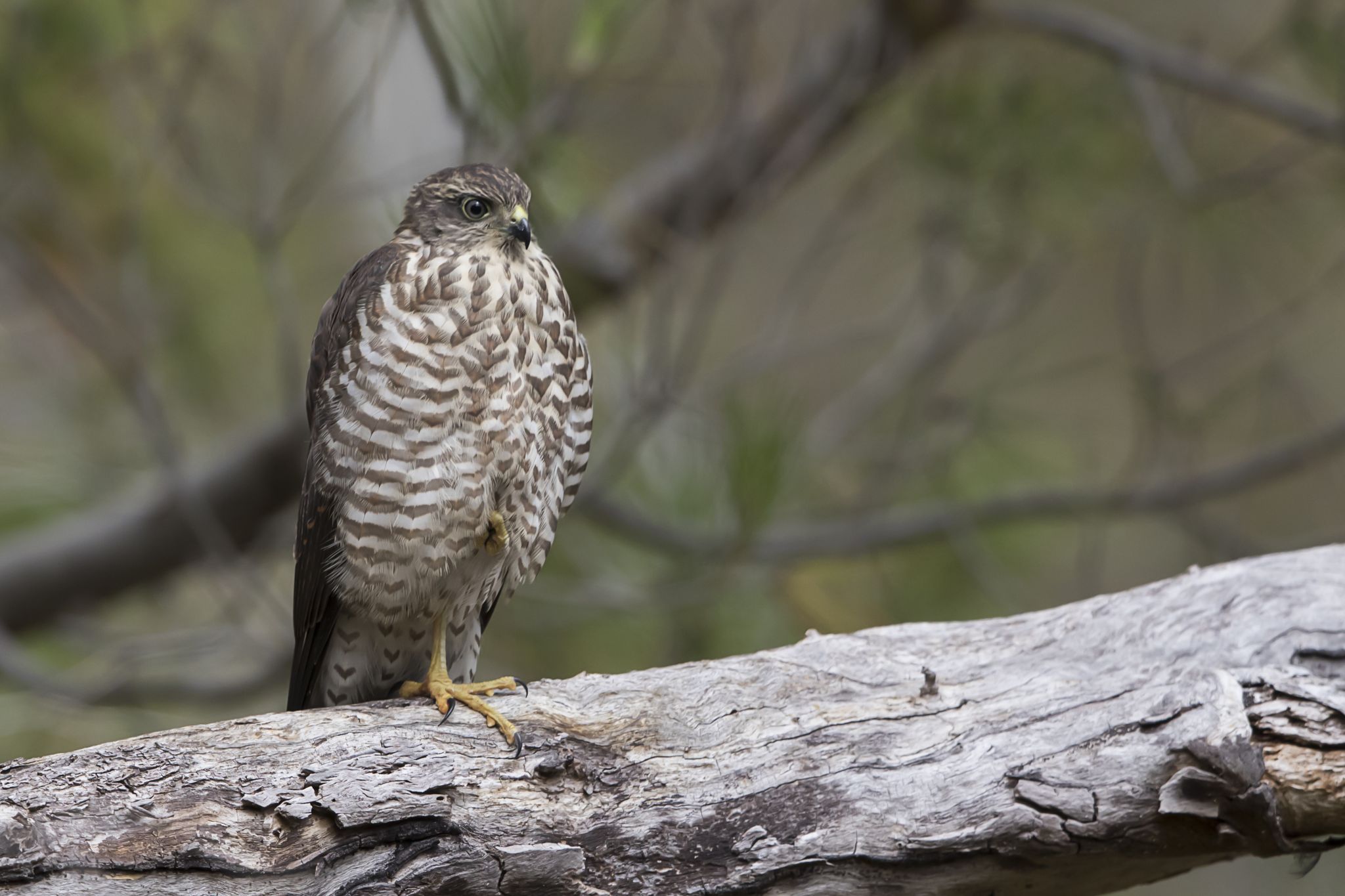
Your support is vital to help us conserve birds of prey. Without the generosity of our visitors, members and donors, we would not be able to carry out our important conservation and research work to protect these incredible animals both here in the UK and overseas. Find out ways you can support our work and help us to conserve birds of prey.